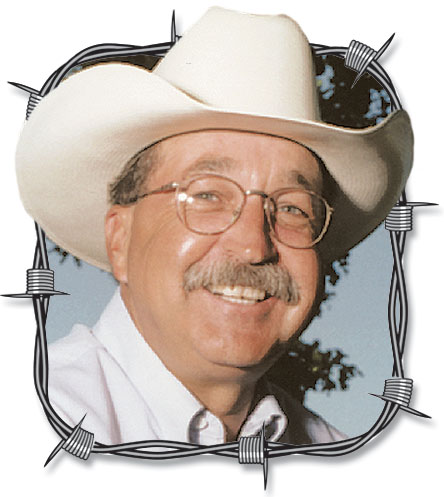 My wife and I spent a little time in New Orleans a couple of weeks ago. It was the first time either of us had ever visited the “Crescent City” and, that’s odd, because I obtained a good part of my higher education in Mississippi and had visited the Gulf Coast many times, but never had the desire to make it to New Orleans.
My wife and I spent a little time in New Orleans a couple of weeks ago. It was the first time either of us had ever visited the “Crescent City” and, that’s odd, because I obtained a good part of my higher education in Mississippi and had visited the Gulf Coast many times, but never had the desire to make it to New Orleans.
We did all the touristy things like Bourbon Street, the French Quarter, Jackson Square, St. Louis Cemetery and the Super Dome, but the highlight of the trip for me was a carriage ride pulled by a lone mule named Coco.
I have always been fascinated by mules. I can remember my father having good-natured debates with people of his generation about the relative intelligence of the horse/donkey hybrid. Dad, of course, had spent the early part of his life farming with horses and mules and had a great affinity for the mule because he thought they were both stronger and smarter than horses. I’ll never forget the explanation of his logic by stating, “You can work a horse to death, but a mule will balk on you before he allows that to happen.” I never questioned that statement.
We hadn’t planned on the carriage ride, but as we walked the city one afternoon, I saw the carriages lined up to haul tourists around the oldest part of the port town. Judy didn’t have much of a desire to take the tour, but I told her we must (I was so tired of walking, I’d have paid the fee to ride piggy-back on someone’s shoulders). She finally agreed and we stepped up on the carriage behind Coco and her driver.
According to my wife, the driver/tour guide did a wonderful job of explaining the culture and history of each of the buildings that we passed. I, on the other hand, was intently watching Coco as she skillfully maneuvered in and out of the busy traffic as cars and busses whizzed by us. After the initial, “Giddy-up, Coco,” the driver never spoke to her or touched a rein for the next 45 minutes while the tour covered about 30 city blocks. Now, I’m sure the veteran mule had traveled the same route thousands of times before, but what left me in awe the most, was the fact that Coco stopped at red lights and proceeded forward only after the light turned to green. When we were to make a left turn, the mule patiently waited for oncoming traffic to pass before continuing on. At one point, the animal stopped on a side street and the guide stated, “Oh, I forgot to tell you about this building. Coco knows my script.”
At the conclusion of the trip, I had to ask, “I’ve been watching your mule, sir, and I noticed you never touched the reins. How does she know everything she needs to do?”
“Well,” he began, “You’ve heard of ‘common sense’ and ‘horse sense,’ right?”
“Sure,” I responded.
“You see, my mule has ‘street sense,’ probably because she was born and bred in L.A.”
Even more stunned, I quizzed, “You mean to tell me this mule was raised in Los Angeles?”
“Nope,” he answered laughingly. “Lower Alabama.”
Jerry Crownover is a farmer and former professor of Agriculture Education at Missouri State University. He is a native of Baxter County, Arkansas, and an author and professional speaker. To contact Jerry, go to ozarksfn.com and click on ‘Contact Us.’






